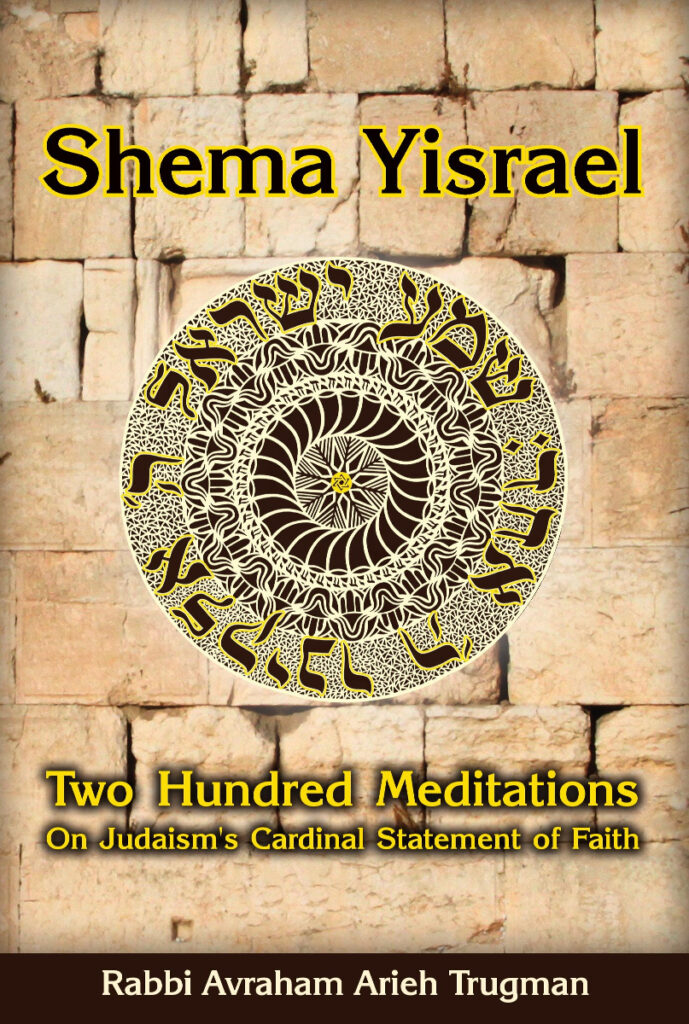Two Hundred Meditations on Judaism’s Cardinal Statement of Faith
ATTENTION! THIS BOOK IS TEMPORARILY OUT OF STOCK! YOU CAN ORDER HERE A PDF VERSION!
Soft Cover, 213 pages
The Shema is a cry from the heart, a meditation of the mind and a deliberate declaration of identity. This book is designed to aid the reader in focusing their attention and finding new ways to appreciate the wider scope of possible intentions when saying the Shema.
By taking time to contemplate the rich array of philosophical and spiritual wisdom encoded within the words of the Shema, the existential and experiential possibilities of this ancient spiritual practice become nearly infinite. The easy to grasp inspirational meditations presented here reveal fascinating insights which integrate both the practical and the mystical, infusing the Shema with renewed power and meaning.
DONATE AT LEAST $22
RECEIVE SHEMA YISRAEL
ATTENTION! THIS BOOK IS TEMPORARILY OUT OF STOCK!
YOU CAN ORDER HERE A PDF VERSION BY DONATING $8.
Important: Please make sure to include your mailing address by leaving a note in the PayPal order form!
(Orders outside Israel & USA please add $12 (including Canada); Australia, New Zealand, the Far East and South America please add $25)



